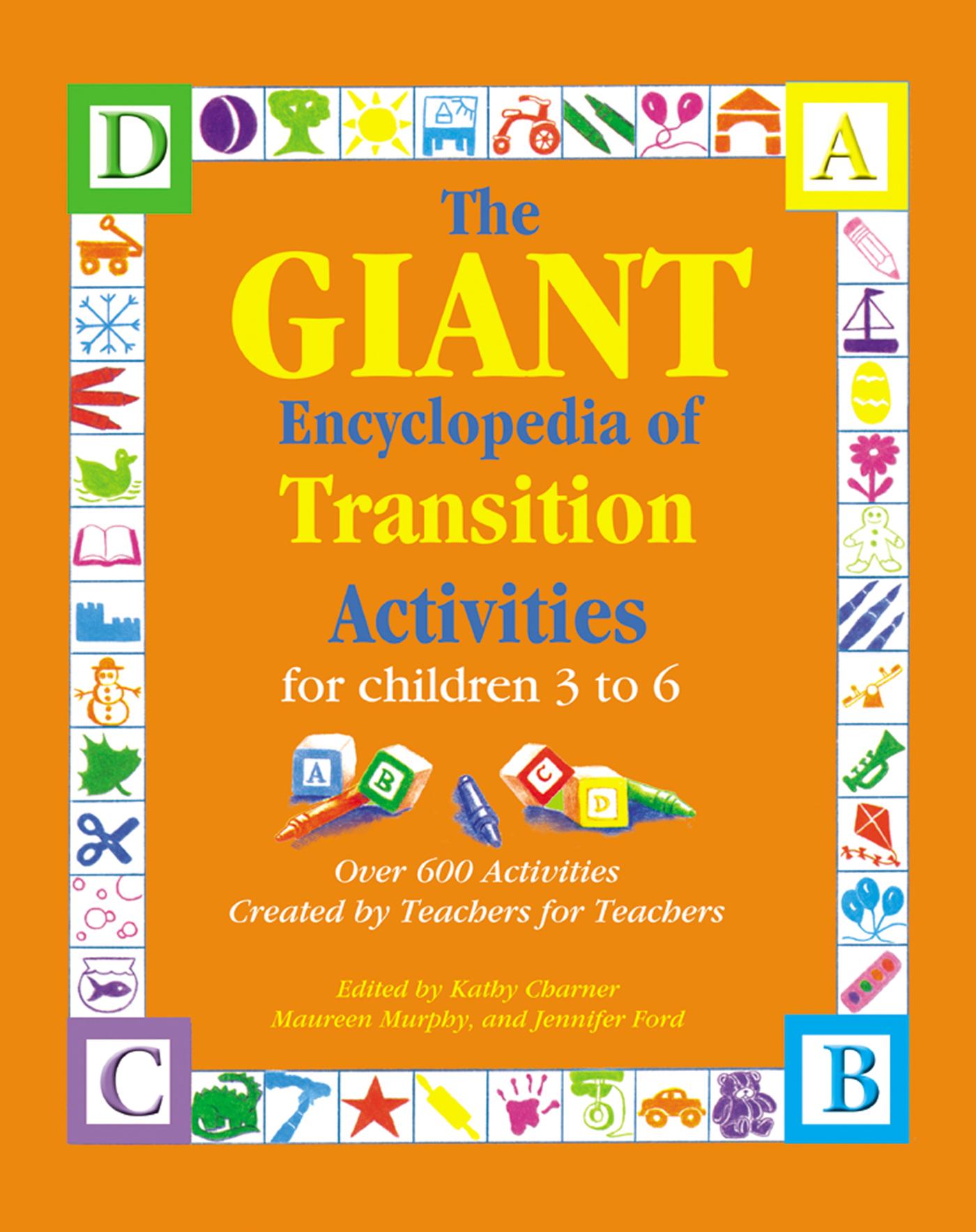Materials
none
Instructions
1. Make cards that show each part of the daily schedule, such as lunch, outside
time, center time, group time, and so on. Use words with a picture cue for
emergent readers. Hang these on a hook at the children's level, or place them
on the chalk tray, on an easel, or hang from a suction hook on a white board.
2. Make "schedule changer" a job, like "line leader" or "snack helper" on your
helper chart, or select a changer for each transition.
3. When a transition comes, the schedule changer gets the cards, finds the one
with the appropriate activity, and places it on the hook. This gives the
children experience with "reading" a schedule, and helps children learn
organization.
Author's Note:When getting used to a new schedule, I often look it over
several times throughout the day to make sure I'm following what needs to
happen next. This allows pre- and emerging readers to do the same. It gives me
the opportunity to see who is paying attention to what happens next, and who
is able to use pictures to "read" cues. With older children, replace the cues with
words only. My class loved the responsibility of changing the cards, and in that
special way preschoolers think, they sometimes wondered if the next activity
would not happen if the card was not changed. They saw that it would, and the
"changer" would be reminded to do her job!
Additional Note From the Author: I made my cards on the computer, using a
program with a postcard program and clip art. This made an easy-to handle
and easy-to-read card, and made two exactly alike at a time, which is good for
matching games. You can also make the cards taking pictures, cutting pictures
from magazines, or drawing cues to go with the word.
